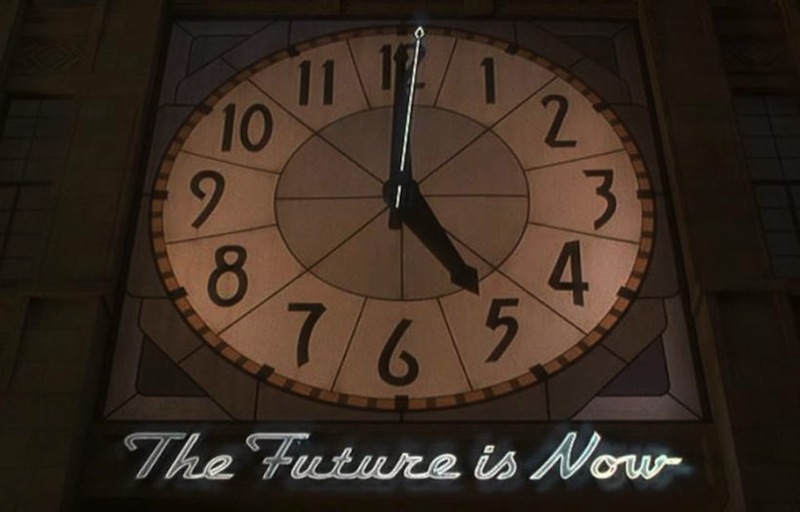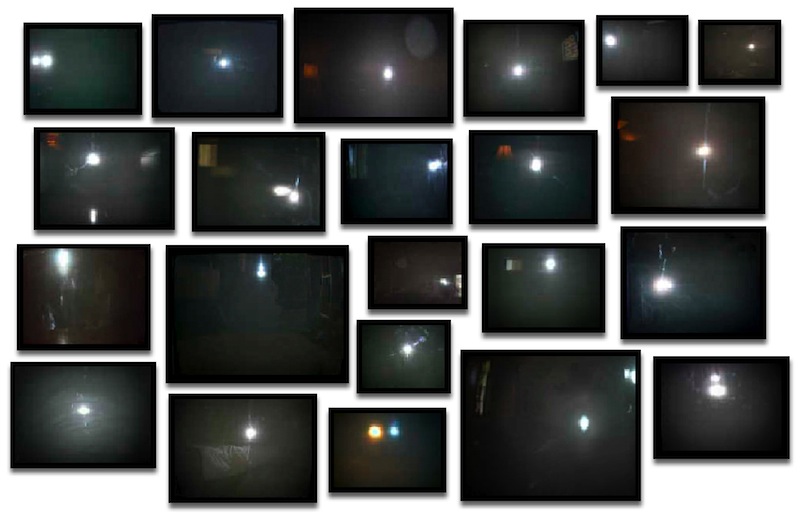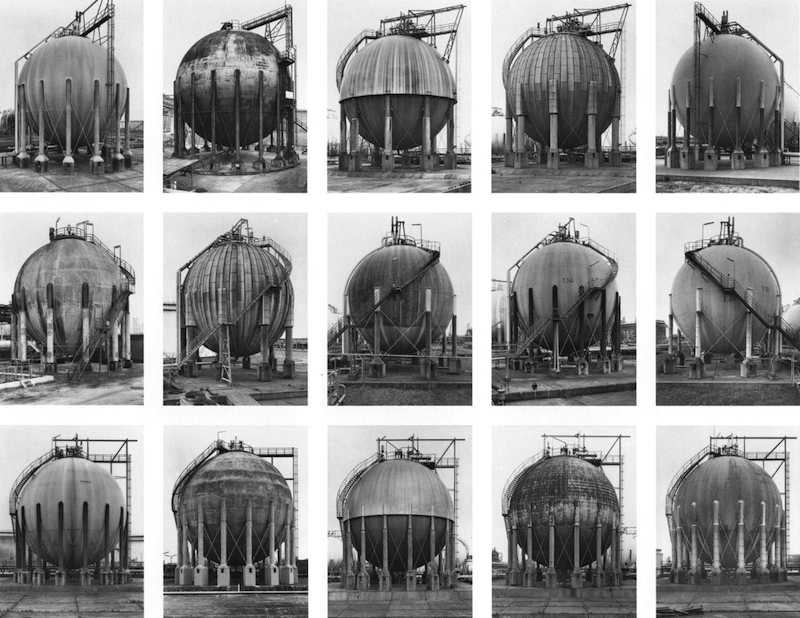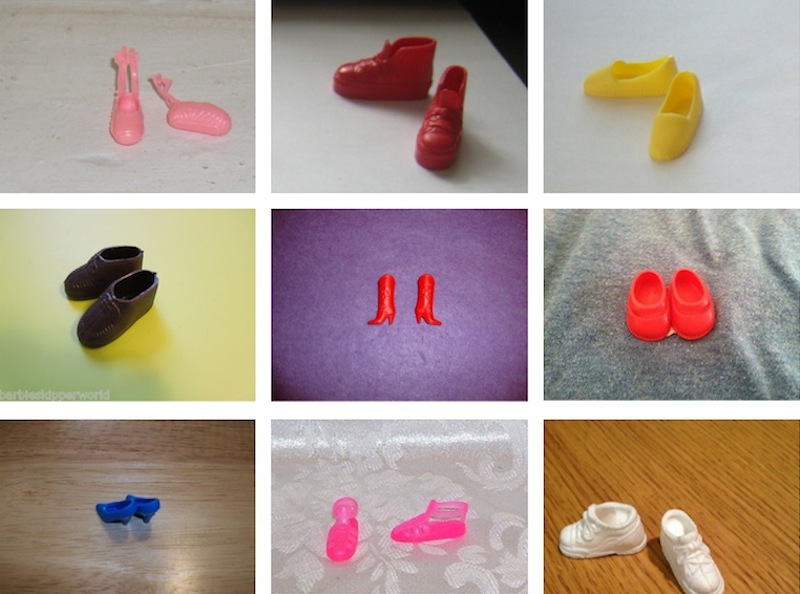
Christian Marclay. The Clock (video still), 2010; single-channel video with sound; 24 hours. Courtesy Paula Cooper Gallery, New York.
I sometimes forget that my students have always lived with digital media, not to mention with the ethos of information sharing that digital technologies engender. As digital natives, they were born at or after the onset of digital mainstream culture. They have never experienced a world before laptops, personal computers, and smartphones. They have never traveled abroad without the convenience of ATMs or booked a flight without the ability to check-in online and print their e-tickets. They have probably never received paper bills for their credit cards, and they don’t use stamps. They have never lived outside the network or off the grid; the grid is the air around them.
My students were teenagers when Aaron Swartz (at fourteen years old) cowrote the specification for the RSS feed. They are his peers. As young adults, they have eased off their PlayStations (for the most part!) to enter more challenging pursuits with the help of ever-more sophisticated personal gadgetry and software. They came of age with participatory reblogs like Tumblr, photo-sharing sites like Flickr, and all manner of social media. They tend to stream their music and watch movies via torrents; they learn of world events through online news channels and blogs and, since 2006, Twitter.
Now, as studio artists in college or graduate school, they face a career landscape that offers them more varied choices than mine did. For one thing, the boundaries between careers in so-called commercial art and more personal, gallery-driven art have become blurred or nonexistent. The business of art has become a preoccupation, even as the art world is transitioning away from its entrenched and outdated models. New possibilities and strange bedfellows are welcome. But regardless of whether my students are interested in pursuing careers in academia or animation, or in the less dependable world of commercial galleries, their studio practice is part of the digital world—their world. Priorities have shifted away from an earlier paradigm of authorship with its well-worn image of a creator in isolated reflection. This is probably true for the rest of us, too, we analogue natives. But even if one works in relative solitude, the ethos of the creative commons and the practice of “share and share alike” has infused all our thinking to a much greater extent than we realize or are willing to admit.

Penelope Umbrico. For Sale/TVs From Craigslist, 2009; C-print on metallic photo paper; dimensions variable. Courtesy LMAK Projects, New York.
Whether primarily invested in painting or animation, glitch art or video, net art, conceptualism, or social-media performance, most artists today, but especially younger artists, lean decidedly towards research and experimentation across all mediums. We are nothing if not interdisciplinary.
As an artist and analogue native, I first became enamored of new media art in the late 1990s. Along with countless other artists, including those who would continue to work with traditional mediums, I began using the Internet to transmit and share images and information, to index my source material, and to archive my work. The Internet, so many of us felt, was really a medium. As such, we knew it would afford us new possibilities to juxtapose and recontextualize—to copy, repurpose, and share—methods understood to be part of the artist’s tradecraft at least since Jacques Derrida’s Archive Fever, echoed nearly a decade later by Hal Foster in his October essay, “An Archival Impulse.”
Foster identified this archival tendency as an impulse that is present in certain artists who prefer to “elaborate on the found image” and object, and who harbor an insatiable desire to “make historical information, often lost or displaced, physically present.”[1] I would argue that this impulse, rather than being the domain of what Foster calls “archival artists,” is in fact present in all artists. Historically, artists have referenced, appropriated, and quoted from the world around them as well as from other art in order to produce new meanings and contexts. We are all archival artists.

Bernd and Hilla Becher. Gas Tanks, 1983–92; gelatin silver prints. Courtesy C4 Contemporary Art, Los Angeles.
Today, being an artist means negotiating the vast digital library that we, as a global culture, have created for ourselves. For all of us, the archive and its exigencies are paramount, and we dip in consciously or unconsciously as we think and play and tinker with ideas, meanings, mediums, and forms. The tools we use to access this archive have changed. And so it follows that our perception of the archive has changed.
Along with change comes discomfort. The most obvious point of intergenerational dissonance I sense while teaching digital natives is their attitude toward copying: they haven’t got one. While artists of previous generations are often painfully aware of the shift away from the possibility of controlling copies and reuse of their work, or parts of their work, my students don’t see copying as problematic, either from a practical or ethical standpoint. They don’t think about it, not just because they take copying for granted; it is implicit in everything they do. There is no question that we inhabit a living archive that we generate.

Dina Kelberman. I’m Google (screen grab), 2011; Tumblr blog.
Copying is as old as humankind’s foray into making things. Image-making processes and technologies, from oil painting to digital imaging, all entail some form of copying. And of course, not long ago, photography was a new and, to some, threatening copying technology that married hardware to wetware long before software was invented. So it is strange to think that copying, a most natural human act and one that is integral to creative production, has come to be seen in such a negative light. One could say that copying has been given a bad rap, demonized by an old system trying to close the floodgates or at least contain the creative behavior that new technologies have engendered. I have written elsewhere about the steady stream of anti-copying propaganda launched over the past few decades by the music and movie industries and how mimicry, memory, and archiving—all processes integral to making art—require copying.
It seems to me that younger artists, the digital natives among us, will help us to ease away from our conflicted attitudes towards copying, appropriation, remixing, and mashing. They have fully embraced the archive. They are the archive. And they see, naturally more clearly than we do, the beauty and creative potential inherent in the technologies that they live and breathe.
___________
[1] Hal Foster, “An Archival Impulse,” October 110 (Fall 2004): 4.




Pingback: Letter from the Editor | Art21 Magazine
Pingback: appropriate? | -holly.yoshida.